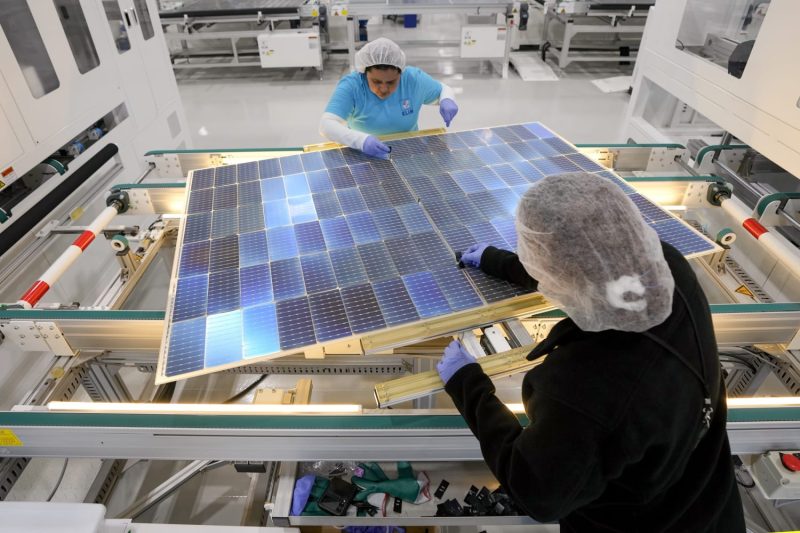The Inflation Reduction Act (IRA) of 2025: A Catalyst for Economic Growth and Clean Energy Innovation
The Inflation Reduction Act (IRA) of 2025 has proven to be a game-changer in the realm of economic development and clean energy innovation. This groundbreaking legislation was designed to tackle the rising inflation rates that were plaguing the economy and threatening the livelihoods of many Americans. However, beyond its primary objective of reducing inflation, the IRA has had a substantial impact on various sectors, particularly manufacturing and clean energy.
One of the key ways in which the IRA has spurred growth in manufacturing is through its incentivization of domestic production. By implementing tax incentives and subsidies for companies that manufacture goods within the United States, the IRA has encouraged businesses to bring their production back home. This shift towards domestic manufacturing has not only created job opportunities for American workers but has also bolstered the resilience of the supply chain, reducing the country’s dependence on foreign imports.
Furthermore, the IRA has played a pivotal role in stimulating innovation in clean energy technologies. In an effort to reduce carbon emissions and combat climate change, the Act provides grants and subsidies to companies that invest in renewable energy sources and adopt sustainable practices. As a result, we have witnessed a surge in research and development within the clean energy sector, leading to breakthroughs in solar, wind, and hydroelectric power generation.
Another significant impact of the IRA has been the modernization of infrastructure to support a more sustainable economy. By allocating funds towards upgrading transportation systems, building green buildings, and expanding renewable energy infrastructure, the Act has not only created jobs in construction and engineering but has also laid the groundwork for a more efficient and environmentally friendly economy.
Moreover, the IRA has catalyzed public-private partnerships that have accelerated the deployment of clean energy technologies. By fostering collaboration between government agencies, private companies, and research institutions, the Act has facilitated knowledge-sharing, resource pooling, and joint investment in innovative projects that have the potential to revolutionize the energy landscape.
In conclusion, the Inflation Reduction Act of 2025 has proven to be a multifaceted catalyst for economic growth and clean energy innovation. By incentivizing domestic manufacturing, promoting sustainable energy practices, modernizing infrastructure, and fostering public-private partnerships, the Act has set a precedent for a more resilient, sustainable, and prosperous future. As we continue to reap the benefits of the IRA, it is evident that strategic legislative initiatives can pave the way for transformative changes that benefit both the economy and the environment.
